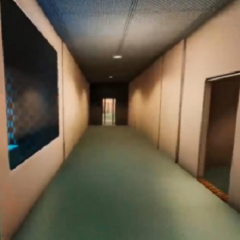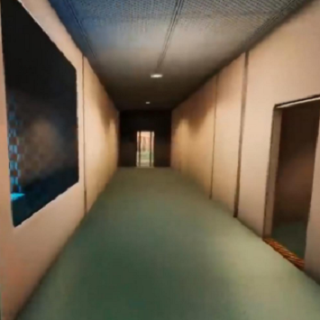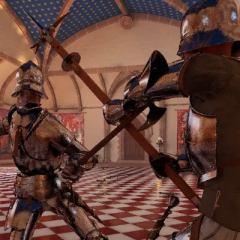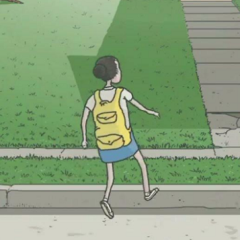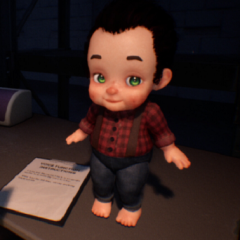Subliminal tells the story of a person trapped inside a space that shifts according to memory and perception. The game begins in an empty complex of corridors, offices, and glowing lights — a place that feels both industrial and familiar. The protagonist’s task appears simple at first: maintain or inspect the facility. But as the player explores, the structure begins to change in impossible ways. Rooms connect to themselves, hallways bend, and reflections reveal events that should not exist. The story is not told through dialogue but through sound, movement, and light — each acting as part of the puzzle that defines what is real and what is remembered.
Story Overview
Subliminal focuses on self-discovery through fragmented memory. The environment functions as a visual representation of the protagonist’s thoughts, and every object or sound carries a hidden connection to the past. As the player advances, the surroundings begin to mirror the internal state of the character. Familiar places — classrooms, storage areas, and tunnels — shift into distorted versions of themselves. Progress is achieved not by solving external puzzles but by aligning perception with the structure of the world.
Narrative Components
The main narrative elements of Subliminal appear through interaction rather than explanation:
· The facility reflects suppressed memories, revealing details as light and shadow shift.
· Perspective changes alter the meaning of objects, showing how memories can distort over time.
· Audio fragments such as static and whispers serve as cues for emotional events.
· Each completed area reveals new insight into the protagonist’s past and purpose.
These components guide the story without direct instruction. The player pieces together the truth gradually, learning to interpret environmental cues as emotional information.
Development Of The Story
As the story progresses, the player encounters areas that correspond to different emotional states — confusion, guilt, and recognition. Some locations seem safe but lead back to earlier moments, while others dissolve into light when approached. The narrative suggests that the protagonist is not escaping a physical place but revisiting moments locked within memory. Toward the end, the environment begins to collapse, merging locations and timelines into one space. The outcome depends on how deeply the player has explored and how they’ve interacted with the distortions.
Subliminal presents a story built entirely through perception. Instead of linear storytelling, it offers a structure where light, sound, and motion replace words. The game asks players to read the environment as a text written by memory itself. In doing so, it builds a reflection on how the human mind stores, reshapes, and hides its own history — and how understanding that process may be the only way to find a way out.

